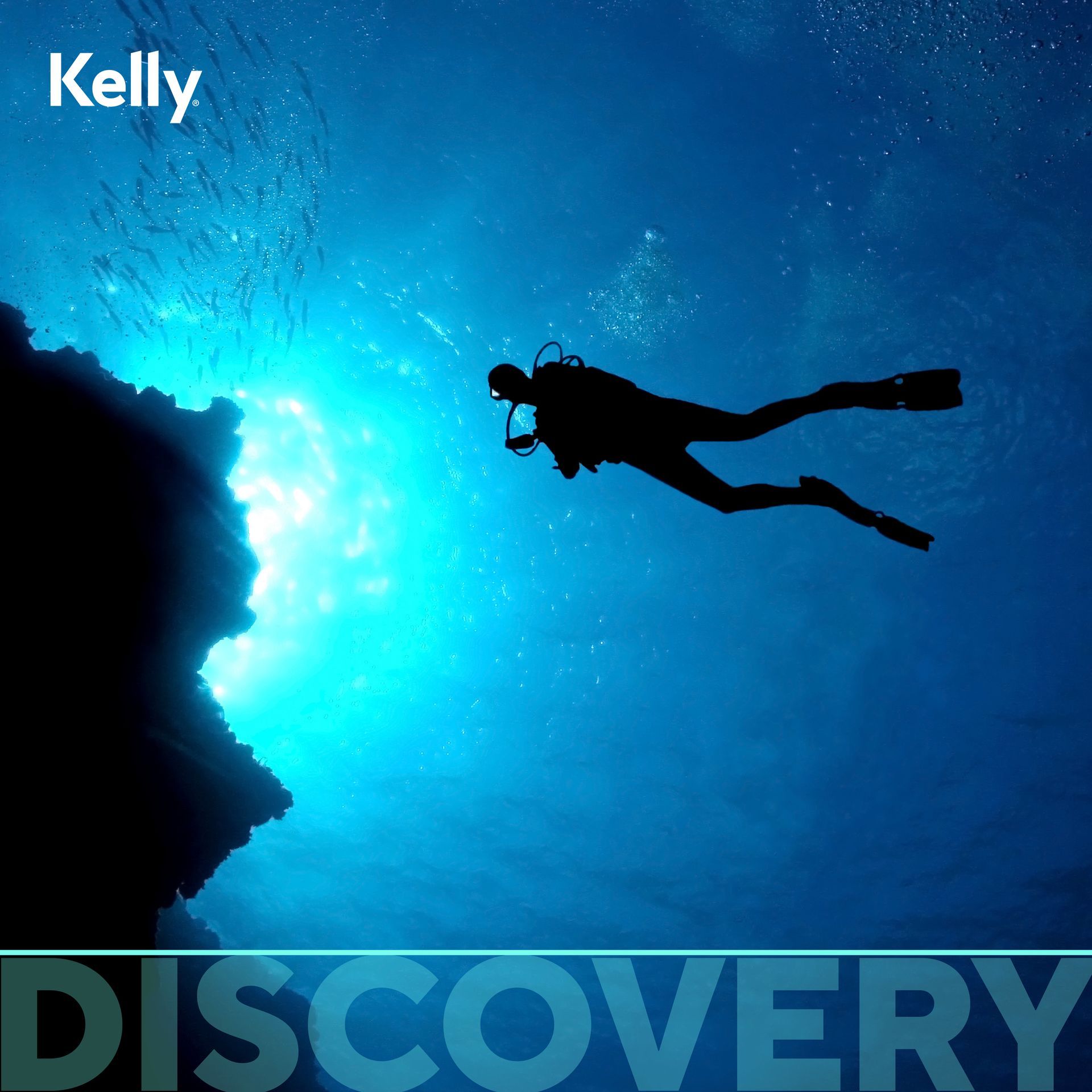
If you are a parent of a little adventurer of the age of 3 to 13, you know that song by memory – “Into the unknoooooown, into the unknoooown”, supported by images of a fearless young woman that goes away from a royal, stable and comfortable life to snowy mountains.
For those that have inexplicably not been exposed to this omnipresent reference, we’re talking about the animated movie “Frozen”, where a princess leaves her court to build a life loyal to her inner values, open up to her authentic self and use her talents to their fullest. She goes into the unknown. Her name is Elsa.
And in fact, at some point in life, we all are Elsa (even though there is no need to go and freeze in the high mountains). We feel that we have a talent which needs more space. We believe there are new lands beyond the horizon we see out of the kingdom (office window). We know that we can create a better world around us – for ourselves, the people and the planet.
That move takes what the French call “courage”. We need to be brave, adventurous enough and at the same time have external support: a family that believes in us and loves us with no conditions, friends that are ready to give a shoulder to cry and a professional/partner that can show us perspectives and new ways when you only see disaster. And every day looks like another famous movie – The Groundhog Day.
Let’s put the cinematic analogies away and talk about your way. Yes, yours. And yours. And yours. And yours. If you were waiting for a sign, here it is.
You only have one life. What you do now is not what you must do for the rest of your life. Discover something new.
The world of work is changing and changing fast – employers more and more look at your skills, not your “official” degrees and papers. It is time to talk openly to yourself – about your talents, what you love to do, what you are good at, your priorities and your values.
Our instincts tell us to choose stability – but if humankind had chosen stability, we would have never explored new lands and continents. Brave explorers found new territories they never even thought about. Were they scared by the upcoming journey? Yes, for sure. But their spirit and inner voice told them – go for that. Even if you don’t find a new land, you will find a new you.
Talk to Kelly if you feel like that explorer in yourself. And even if the explorer is a beginner at the moment – talk to Kelly anyway. You need a trusted companion for your professional journey. We are here to walk with you.


CONTACT US
Kelly Services Luxembourg Sàrl
7/11, Route d’Esch
L-1470 Luxembourg
+352 46 62 66 1
luxembourg@kelly-services.lu
How can we help you? Go to the Customer Support


